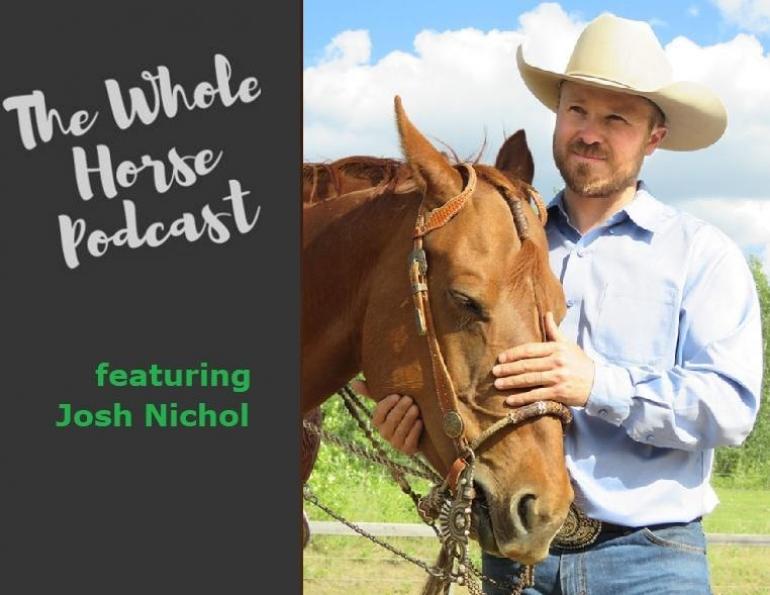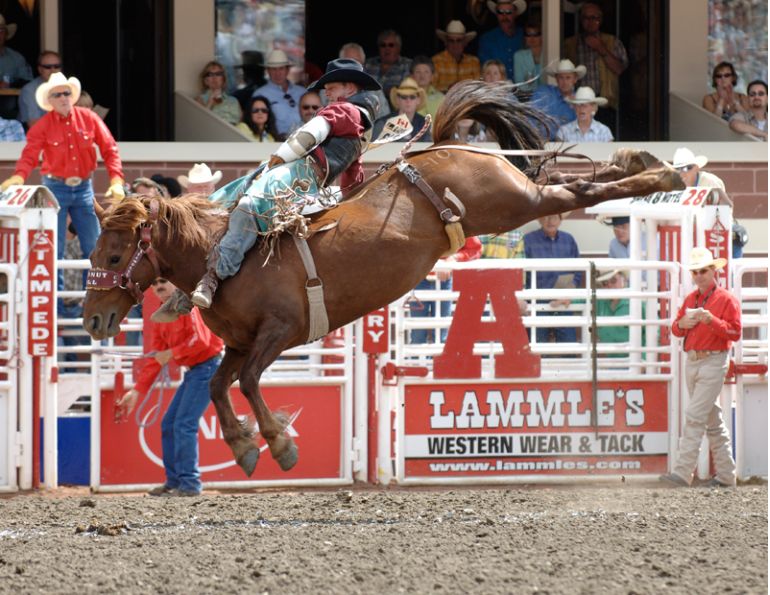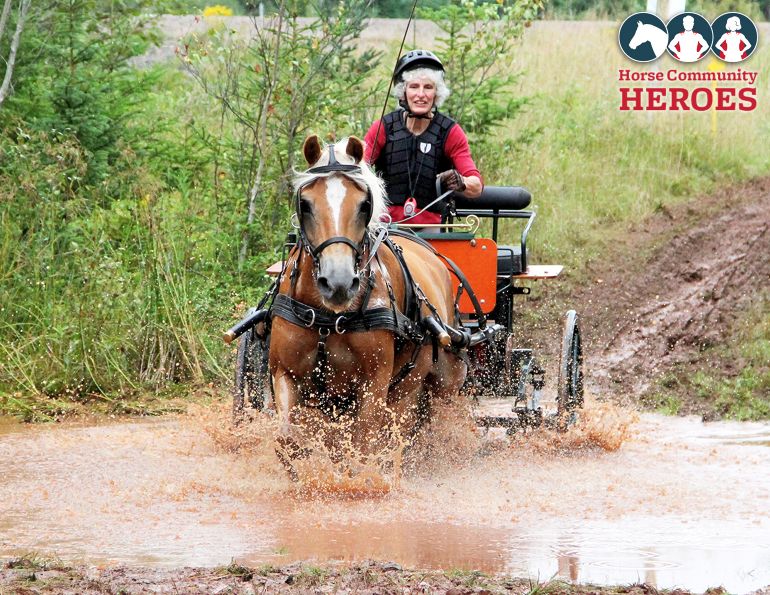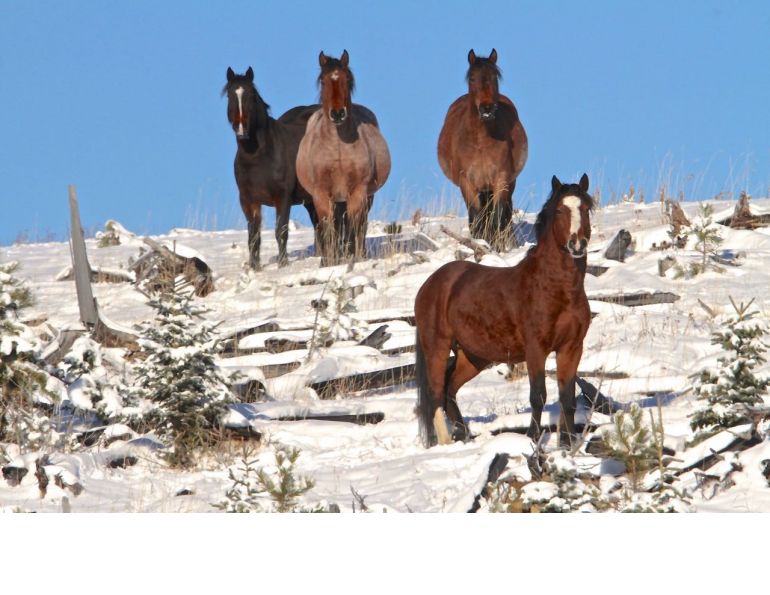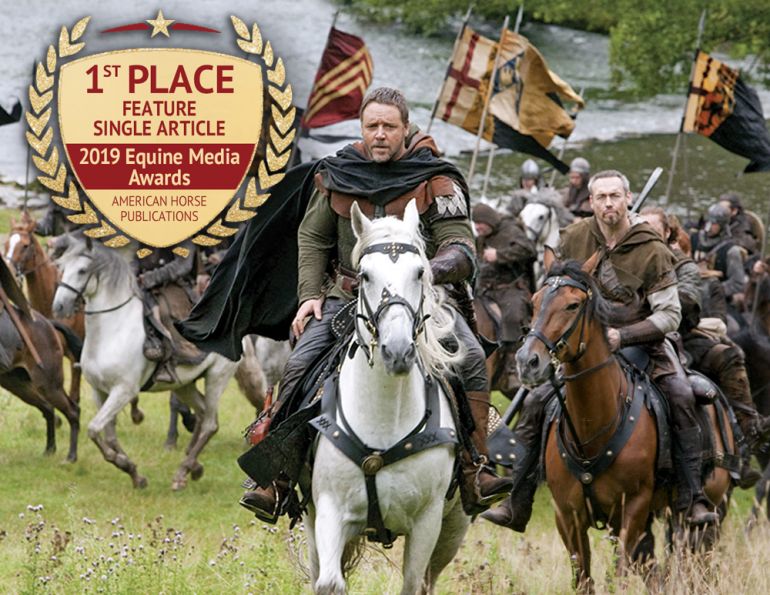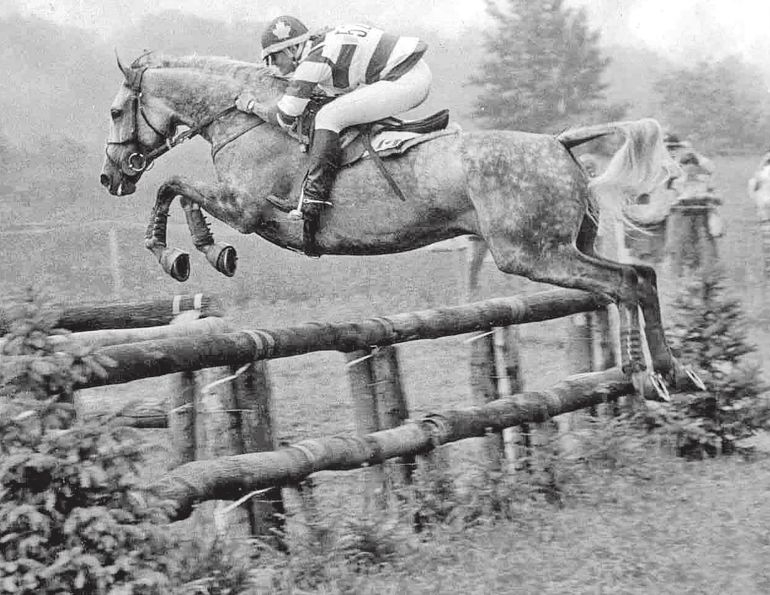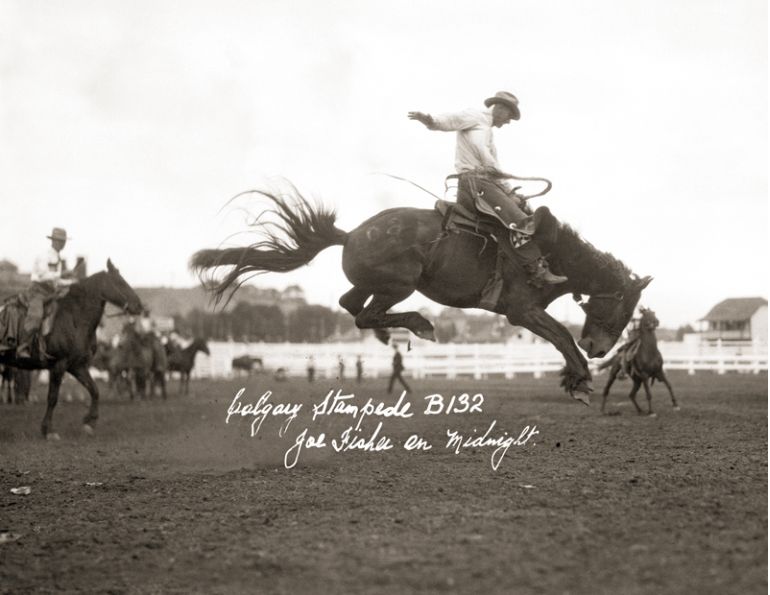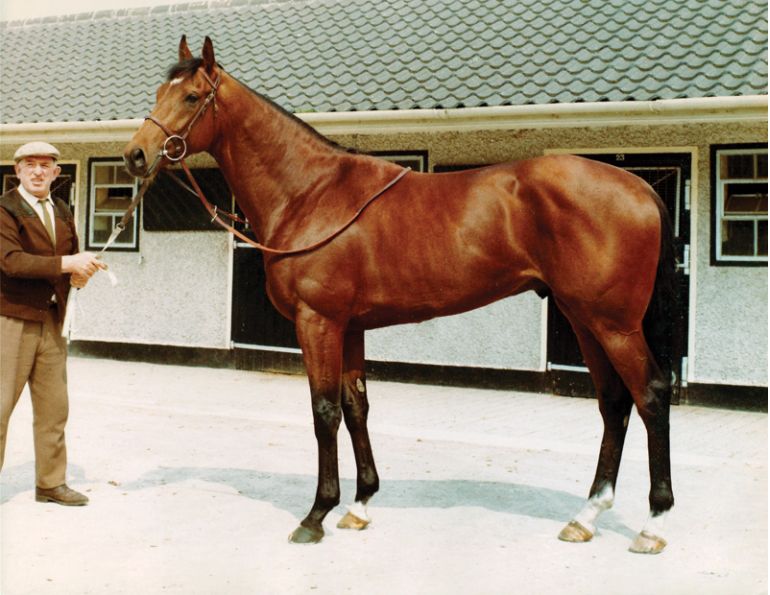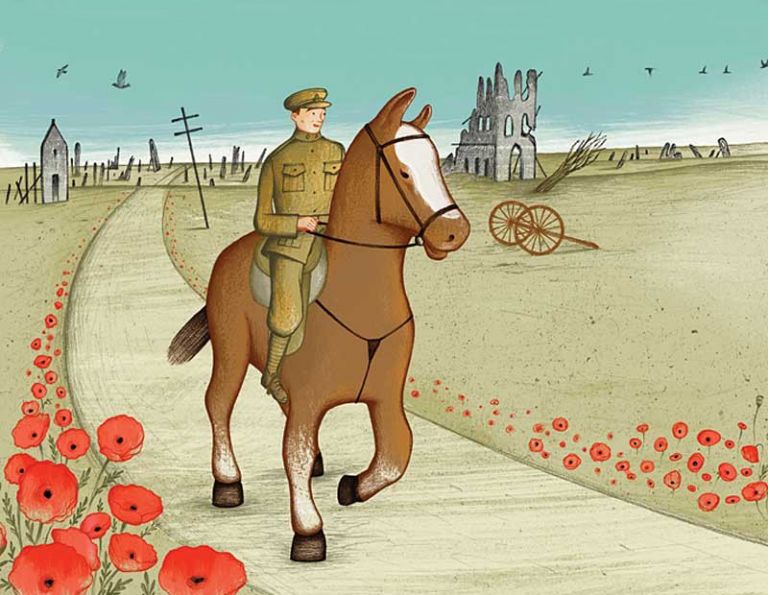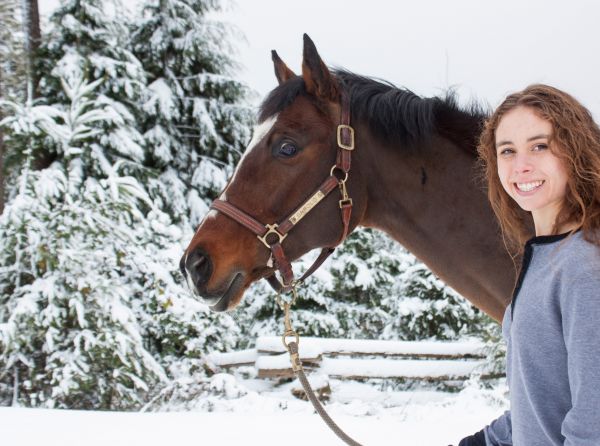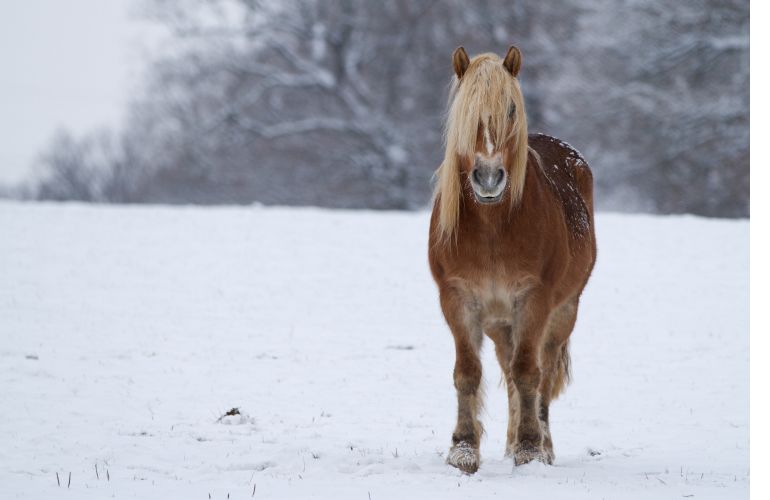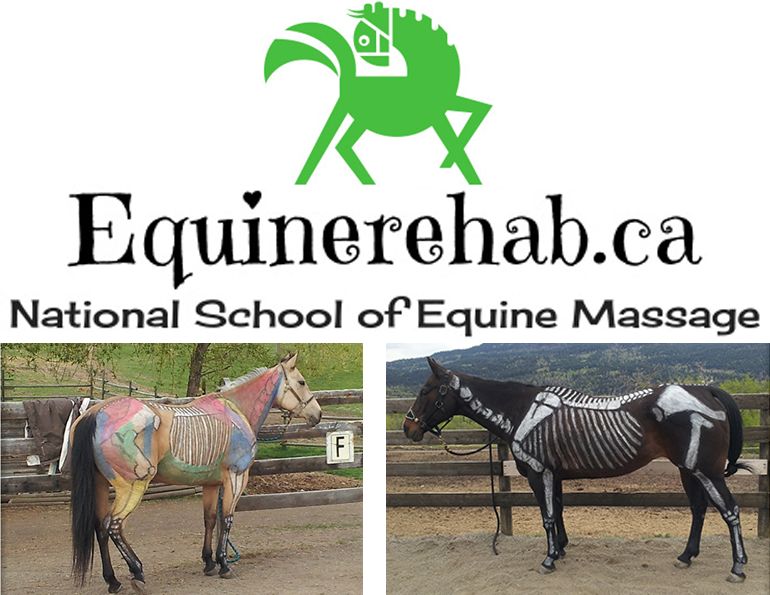By Tania Millen, BSc, MJ
Sam Steele’s Scouts were created in 1885 to help quell the North-West Rebellion – an uprising of Metis and Indigenous Peoples which occurred between what is now Edmonton, Alberta and Prince Albert, Saskatchewan. Sam Steele was selected to lead the Scouts due to his dedication, honesty, and horseback skills, which were honed during some of Canada’s most important historical events.
Legendary Steele
Born in Ontario in 1848, Samuel Benfield Steele joined the military at age 16 as a competent English-style rider. He supported Canadian Confederation in 1867 and helped quell the 1870 Red River Rebellion in the province of Manitoba. In 1873, Steele was hired by the newly-formed North West Mounted Police (NWMP) to train unruly horses and raw recruits into confident horse-and-rider teams at Fort Garry, near today’s Winnipeg, Manitoba, for the 1874 March West. The creation of a federal police force and subsequent dispersal of NWMP members across the vast Western Canadian prairies was initiated to protect Indigenous Peoples from the ills of whiskey and the land from illegal hunting and American annexation.
 Col. S.B. Steele, first commanding officer of Strathcona’s Horse, 1900.
Col. S.B. Steele, first commanding officer of Strathcona’s Horse, 1900.
Steele earned respect on that infamous ride by helping lead “several of the youngest and weakest men, 55 sick and almost played-out horses recovering from a severe attack of epizootic, 24 wagons, 55 oxcarts with 12 drivers, 62 oxen, 50 cows and 50 calves” for over 1,400 kilometres from Roche Percée in present-day southern Saskatchewan to Edmonton, Alberta. Steele wrote, “The trail was knee-deep in black mud; sloughs crossed it every hundred yards and the wagons had to be unloaded and dragged through them by hand. The poor animals, crazed with thirst and fever, would rush to the ponds to drink, often falling and having to be dragged out with ropes…”
Related: Continuing the Bridle Horse Tradition

Police members of Steeles Scouts, 1885. Photo: Glenbow Archives-NA-936-22
Having thrived during the March West, Steele’s NWMP career continued. He attended the signing of Treaty 6 in 1876, spent time in what became British Columbia, and in 1885 was called up to lead a group of volunteer ranchers, farmers, and frontiersmen to help the military quash the North-West Rebellion.
The 1885 North-West Rebellion
The rebellion occurred in the rolling hills and swampy lake country located on both sides of what is now the Alberta–Saskatchewan border east of Edmonton and north of Lloydminster. By the time Steele was summoned, nine men had been killed at Frog Lake in northeast Alberta by the Indigenous war chief, Wandering Spirit. Shortly thereafter, a large Cree force surrounded nearby Fort Pitt and took residents hostage.

NWMP Post established 1887 and manned until 1918. Photos (above/below): Sam Steele’s Scouts Facebook

Discontent had been brewing for years. Once the buffalo were decimated, Indigenous Peoples starved and the federal government limited rations even after signing treaties that promised support. Concurrently, Louis Riel returned from exile in Montana and agreed to lead the Metis in Saskatchewan. The Metis were demanding land title and parliamentary representation, but the federal government didn’t respond to those demands. The Metis and Indigenous struggles coalesced into violence, and Sam Steele’s Scouts were part of the action.
Steele’s Scouts, also known as the Cowboy Cavalry or Buckskin Cavalry, were promised free blankets; rations and forage or payment in lieu; a rifle and revolver which had to be returned; and pay of up to $2.50 per day. In return, the enlisted men agreed to serve for six months or as long as the “disturbance” continued, plus to supply their own horse and tack.
Related: The History of the Horse-Drawn Carriage
Most of the Scouts owned or worked on ranches near Calgary prior to enlisting and were essentially looking for a grand horseback adventure. Many of their horses weren’t even broke when they signed up. So, the non-riding soldiers were treated to endless rodeo entertainment as the Scouts started their horses and acclimated them to gunfire. Eventually, the soldiers were treated to displays of impressive horsemanship as the Scouts practiced shooting targets from the backs of their half-broke galloping horses.

Horses were accustomed to riders shooting while galloping and were also trained to lie down for shooting to provide cover for their rider. Photo: Provincial Archives of Alberta
The Scouts and the hastily assembled Alberta Field Force rode north from Calgary, arriving in Edmonton on May 1, 1885. The Force was split into three columns and included wagons of food, tents, firewood, hay for horses, medical supplies, a cannon, and rounds of ammunition. They averaged 29 kilometres per day. But the Scouts rode many more kilometres, searching for suitable trails, water crossings, and potential foes ahead of the Force and up to one kilometre on either side. Their job was to provide security so while the Force’s wagons were circled at night, Steele’s Scouts rode up to 30 kilometres away, looking for unshod pony tracks and Indigenous encampments.

Scouts are shown fording deep water near Loon Lake, Alberta. Photo: Steele’s Scouts Commemorative Troop Assoc.
From Edmonton, the Force rode east to meet up with the main Canadian army, which was marching from Eastern Canada to suppress the rebellion. While the Scouts and Force continued east, battles were underway in Northern Saskatchewan between the Eastern Canadian forces, Cree, and Riel’s Metis.

Mary Dover (1905 – 1994) was honoured for her exemplary contribution to Albertans and Canadians, particularly known for her work with the military during World War II, and was the first Colonel-In-Chief of Sam Steele’s Scouts from 1979 – 1994. Photo: Sam Steele’s Scouts Facebook
On May 26, 1885, Steele and his Scouts had a midnight gunfight with Cree men. A few days later, the Force and Wandering Spirit’s Cree warriors clashed at the Battle of Frenchman Butte. Steele then led 63 men in pursuit of the fleeing Cree and attacked them, but the skirmish ended inconclusively. Ultimately, Riel and Cree Chief Big Bear surrendered, the hostages were freed, and the Force and Scouts withdrew and returned home.
Riel was hanged in November 1885 in Regina and is considered by many to be a Metis hero and defender of Metis rights. Wandering Spirit and five other Cree warriors were also hanged in Regina in November 1885.

Steele (wearing a white helmet) leading his troops. Photo: Steele’s Scouts Commemorative Troop Assoc.
After Steele’s Scouts disbanded in Calgary, Steele continued his policing career and was part of other events that shaped Canada’s history. He was in Craigellachie, British Columbia in November 1885 when the Last Spike was driven to complete the transcontinental railway. He then participated in the Klondike Gold Rush, the Boer War, and World War I before passing away in 1919.
Related: Skijordue: Riding and Sliding
As Rod Macleod writes in his 1919 biography of Sam Steele, “By the time Steele died, he had missed very few of the epic adventures that shaped Canada during the previous fifty years and had been a leading figure in several of them.”
Remembering the Scouts
However, Sam Steele’s Scouts remain a little-known aspect of Canada’s history. For the past 48 years, Steele’s Scouts Commemorative Troop Association (SSCTA) has been trying to change that.
The Troop began in 1977 and has continued since as a group of volunteer riders from Southern Alberta. They dress in traditional 1885 garb and voluntarily attend parades and give exhibitions at rodeos and horse events throughout Western Canada.

Steele’s Scouts Commemorative Troop in 1977, their inaugural year. Photo: Steele’s Scouts Commemorative Troop Assoc.
“We’re helping keep Alberta’s history alive,” says Craig Farkas, a Corporal with the SSCTA. “I’m a history guy, and I didn’t know a lot about [Sam Steele’s Scouts].
Related: Pit Ponies - Ghosts of the Coal Mines
“When the buffalo disappeared, there were a lot of issues with Indigenous Peoples because the federal government wasn’t living up to their promises,” explains Farkas. “First Nations Peoples were reduced to eating rabbits and small animals. Starvation was a real issue.”
That starvation was part of the impetus for the North-West Rebellion.
“It’s been a real education, and I try to share it whenever we’re riding by handing out pamphlets,” says Farkas.

Troop members in front of the reconstructed North West Mounted Police headquarters cabin in Writing on Stone Provincial Park in 2024. Photo: Steele’s Scouts Commemorative Troop Assoc.
Troop members ride their own horses with a Western saddle and leather saddle bags, carry a bedroll behind the saddle, a yellow slicker over the pommel, a canteen, and a lariat. Riders also wear authentic gear: a fringed buckskin jacket, shotgun chaps, brown Western hat, and Western boots with spurs just like the original Scouts. They carry a white canvas bag, pistol in a holster, Bowie knife, lever-action rifle, and bandolier (shoulder belt) with cartridges.
“We all carry Colt single-action Army 45 and 3030 model 1894 rifles and have special authorgization for transport,” Farkas explains.
“We do all sorts of the old British cavalry drills, and riding in formation with all that gear has been a real education,” says Farkas. “You have one hand on your rifle or a flag, then have to ride maneuvres.

Troop members in the Milk River at Writing-On-Stone Provincial Park in 2024. Photo: Steele’s Scouts Commemorative Troop Assoc.
“I don’t know how [Sam Steele’s Scouts] found time to sleep,” he says. “They were constantly riding back and forth all the time at the front of the line. They put in huge miles and were engaged in most of the battles because they were so far ahead of the main force.”
Related: Queen Elizabeth II's Equestrian Legacy: Her Passion for Horses and Impact on the Sport
The Troop occasionally does longer historic rides following the hoof prints of the original Scouts. They’ve ridden the Red Coat Trail (the 1,300-km route that approximates the path taken in 1874 by the NWMP in their March West from Fort Dufferin to Fort Whoop-Up); Whoop-up Trail (also known as the Macleod-Benton Trail, a wagon road that connected Fort Benton, Montana to Fort Hamilton, Alberta); and Trails of 1885 (the pivotal series of events in Canadian history centred around the North West Resistance of 1885). But primarily, they conduct exhibitions at public horse events and parades.
The Troop went to Spruce Meadows for many years and were always fan favourites.
“The nice thing about us and our horses is that we’re completely approachable,” says Farkas. Unlike many events where horses are out of reach of the public, people can mingle with Troop horses and touch them.

A member of the Troop at Spruce Meadows 2013, dressed in traditional 1885 garb and carrying authentic gear. Photo: Robin Duncan Photography
Along with having a suitable horse, it’s a big commitment to be a Troop rider. All the riders volunteer and need a truck, trailer, and time to practice and attend events. About half the troop is retired, the minimum age is 18 and right now the oldest rider is aged 80.

The Scouts at Aspen Crossing in Mossleigh, AB where they reenact train robberies during summer months. Photo: Steele’s Scouts Commemorative Troop Assoc.
The Troop was originally all men but today about one-third of the riders are women. In their 1980 to 1990 heydays, the Troop numbered up to 70 riders, but numbers have declined and they’re always looking for more members. So, if reliving a small lesser-known part of Canada’s history appeals to you, contact SamSteeleScouts@gmail.com or visit their Facebook page for more information.
Related: How Horses Shaped Canada | Horse Journals
Related: Fire-Horses – The Role of Horses in Early Firefighting
Today, Sam Steele’s Scouts take part in parades and give exhibitions at events across Western Canada.

Photo: Sam Steele’s Scouts Facebook
Sam Steele Scouts Public Exhibition Dates in 2025
- May 17 — High River Parade, High River, AB
- June 7 — Diamond Valley Parade, Diamond Valley, AB
- June 21-22 — Pincher Creek Heritage Horse Fair, Pincher Creek, AB
- July 1 — Heritage Park Dominion Day, Calgary, AB
- July 4 — Stampede Parade, Calgary, AB
- July 19 — Longview Parade, Longview, AB
- July 28 — High River Stampede Breakfast, High River, AB
- August 8-9 — Irricana Pioneer Days, Irricana, AB.
The Scouts are also at Aspen Crossing in Mossleigh, AB throughout the summer, participating in train robberies.
You too can become part of the Cowboy Cavalry and bring Canada’s history alive.
Related: Winding Through Writing-on-Stone on Horseback
Related: The March West: The Birth of the RCMP 150 Years Ago
Main Photo: Sam Steele’s Scouts Facebook





